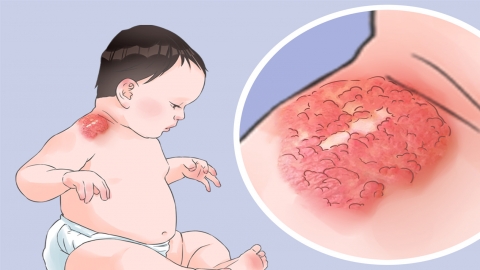What is cryotherapy for hemangioma?
Generally, cryotherapy for hemangiomas is a minimally invasive method that uses low temperatures to act on the affected tissue, causing it to necrotize and slough off, thereby achieving therapeutic goals. It is suitable for superficial and small-sized hemangiomas. If in doubt, it is recommended to consult a doctor in advance. Specific analysis is as follows:

For superficial and relatively small hemangiomas, cryotherapy can directly target the lesion surface. Liquid nitrogen or other cryogenic agents are commonly used to rapidly lower the temperature, damaging and coagulating the hemangioma cells, leading to necrosis. The necrotic tissue gradually sheds afterward, leaving only mild scarring after healing. The procedure is quick, does not require complex incisions, and is ideal for patients who prefer to avoid surgery.
However, for deeper, larger, or highly vascular hemangiomas, cryotherapy is less effective. Low temperatures cannot adequately penetrate deep tissues, making it difficult to completely eliminate abnormal blood vessels. This may result in incomplete treatment and a higher recurrence rate. Additionally, surrounding healthy tissues may be damaged, potentially causing pigmentation or hypertrophic scarring. In such cases, other targeted treatments are more appropriate.
Prior to undergoing cryotherapy, a physician should evaluate the type, location, and size of the hemangioma to determine whether this method is suitable. If signs such as worsening redness and swelling, severe pain, or poor wound healing occur, prompt medical attention is necessary.






